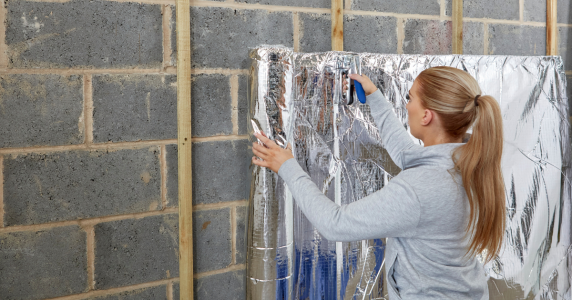bobtskutter
Member
Hello FOG, someones been decorating 
I need to put up a lot of timber batons onto masonry walls to hold insulation and eventually plywood sheeting. (I'm insulating and ply lining my garage).
I was planning to use concrete screws. I've just been practicing with some concrete screws into some spare bricks. I've used an impact driver to put the screws in and the driver seems too powerful and the self cutting thread in the bricks breaks off.
What do others use to attached lots of timber to masonry walls?
Thanks
Bob
I need to put up a lot of timber batons onto masonry walls to hold insulation and eventually plywood sheeting. (I'm insulating and ply lining my garage).
I was planning to use concrete screws. I've just been practicing with some concrete screws into some spare bricks. I've used an impact driver to put the screws in and the driver seems too powerful and the self cutting thread in the bricks breaks off.
What do others use to attached lots of timber to masonry walls?
Thanks
Bob

-min.jpg)


